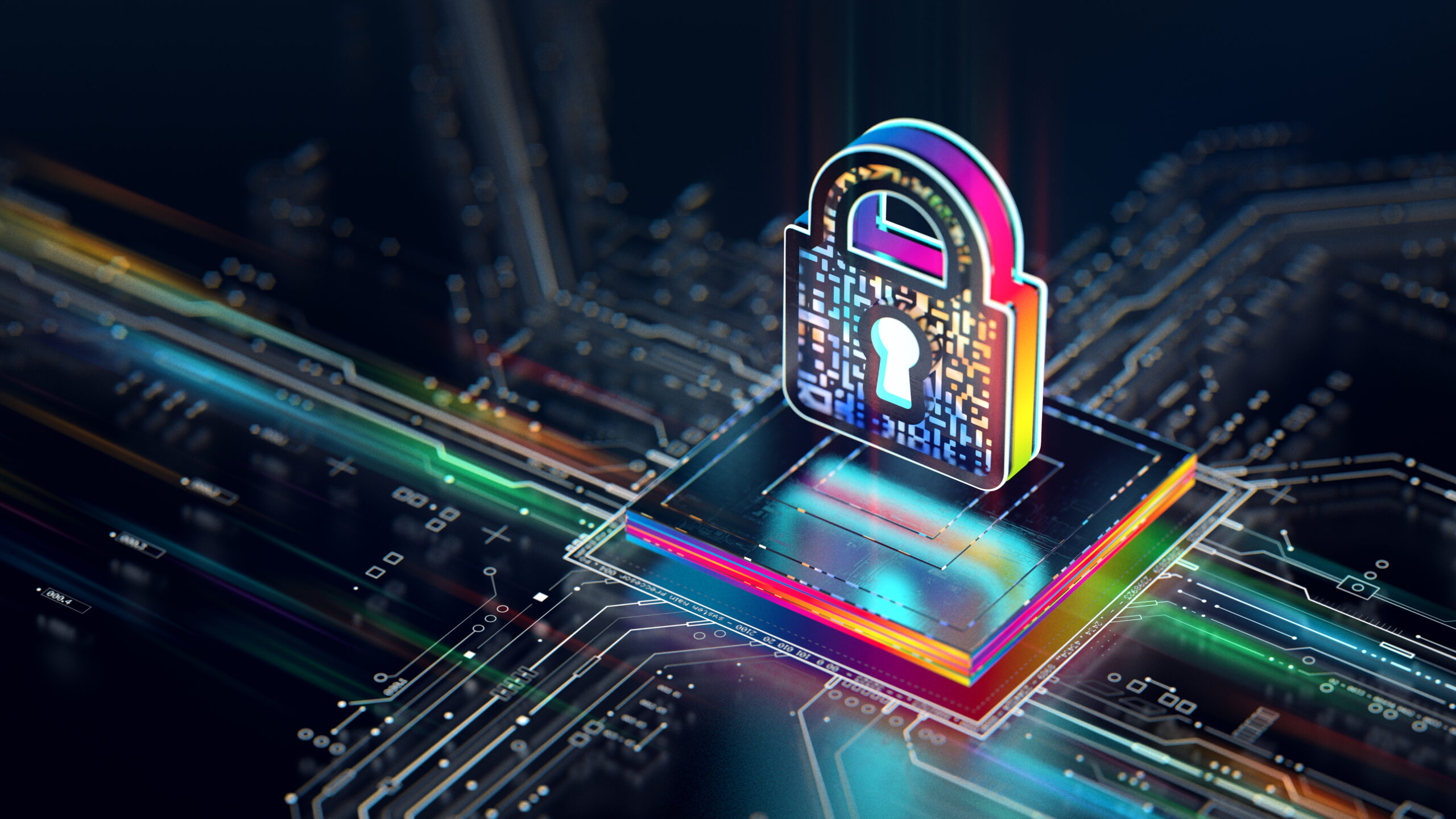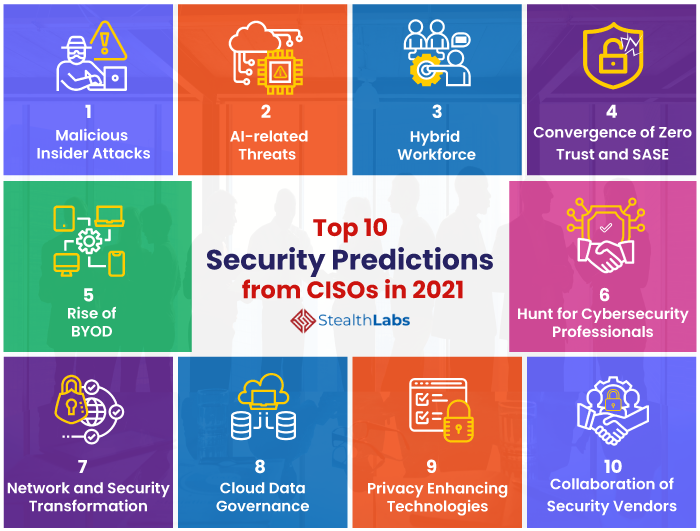Defend from evolving cyber attacks targeting businesses and individuals.
The Next Frontier: Insightful Cybersecurity Forecasts for the Coming Year
As we come close to the brand-new year, the cybersecurity landscape gets on the verge of significant change. Key variables such as the combination of innovative AI modern technologies, the unavoidable surge of sophisticated ransomware, and the firm of data personal privacy regulations are forming the future of digital safety and security. In addition, the continuous frequency of remote work remains to subject brand-new vulnerabilities that organizations have to browse. Recognizing these dynamics is crucial for expecting the obstacles ahead and tactically strengthening defenses, yet the ramifications of these modifications continue to be to be totally explored.
Rise of AI in Cybersecurity
In the rapidly developing landscape of cybersecurity, the assimilation of man-made intelligence (AI) is arising as a pivotal force in enhancing threat discovery and action abilities. AI technologies, such as maker learning algorithms and deep learning models, are being progressively deployed to analyze vast amounts of data and identify patterns indicative of security threats. Deepfake Social Engineering Attacks. This allows organizations to proactively deal with vulnerabilities before they can be manipulated
The surge of AI in cybersecurity is specifically significant in its ability to automate regular jobs, enabling human analysts to focus on even more complicated safety problems. By leveraging AI, cybersecurity teams can reduce feedback times and boost the accuracy of risk assessments. AI systems can adjust and discover from brand-new risks, continuously improving their detection devices to remain ahead of destructive actors.
As cyber threats come to be much more advanced, the need for sophisticated services will drive more financial investment in AI innovations. This trend will likely bring about the advancement of boosted safety and security tools that incorporate predictive analytics and real-time tracking, inevitably fortifying business defenses. The transition in the direction of AI-powered cybersecurity solutions stands for not simply a technological shift but a basic modification in how companies approach their safety and security approaches.
Increase in Ransomware Strikes
Ransomware attacks have come to be a widespread hazard in the cybersecurity landscape, targeting companies of all sizes and across numerous sectors. As we advance right into the coming year, it is anticipated that these attacks will certainly not just raise in frequency yet also in refinement. Cybercriminals are leveraging sophisticated tactics, including making use of expert system and maker understanding, to bypass conventional protection measures and make use of vulnerabilities within systems.
The rise of ransomware strikes can be credited to several elements, consisting of the increase of remote job and the growing reliance on electronic solutions. Organizations are typically unprepared for the developing danger landscape, leaving important framework at risk to violations. The economic implications of ransomware are incredible, with business encountering hefty ransom demands and possible lasting functional interruptions.
Additionally, the pattern of dual extortion-- where assailants not only encrypt information yet additionally intimidate to leakage delicate info-- has acquired traction, even more pushing sufferers to comply with demands. As an outcome, organizations need to prioritize robust cybersecurity measures, consisting of normal backups, staff member training, and occurrence action preparation, to reduce the dangers linked with ransomware. Failing to do so could lead to devastating consequences in the year in advance.
Advancement of Data Privacy Rules
The landscape of data privacy guidelines is going through significant makeover as governments and organizations reply to the enhancing concerns bordering personal information security. In the last few years, the application of extensive structures, such as the General Data Protection Law (GDPR) in Europe and the California Consumer Personal Privacy Act (CCPA) in the United States, has actually set a criterion for stricter personal privacy laws. These laws emphasize customers' civil liberties to manage their information, mandating openness and accountability from companies that accumulate and process individual details.

In addition, companies will certainly require to enhance their compliance techniques, investing in innovative technologies and training to safeguard delicate information. The evolution of information personal privacy laws will certainly not just effect exactly how companies run Full Article however likewise shape consumer expectations, cultivating a society of depend on and protection in the electronic landscape.
Growth of Remote Work Vulnerabilities
As companies continue to welcome remote job, susceptabilities in cybersecurity have increasingly come to the center. The change to versatile work setups has actually subjected vital gaps in safety protocols, specifically as staff members accessibility sensitive data from diverse areas and gadgets. This decentralized work setting produces an increased assault surface for cybercriminals, that make use of unsafe Wi-Fi networks and individual tools to penetrate business systems.

To minimize these susceptabilities, organizations must focus on detailed cybersecurity training and apply robust safety structures that encompass remote job situations. This consists of multi-factor verification, routine system updates, and the establishment of clear methods for information accessibility and sharing. By addressing these vulnerabilities head-on, firms can foster a safer remote work Our site environment while preserving functional strength despite developing cyber risks.
Developments in Danger Detection Technologies


Positive risk discovery has become a keystone of contemporary cybersecurity strategies, mirroring the urgent need to neutralize increasingly innovative cyber dangers. As organizations face an advancing landscape of vulnerabilities, developments in threat discovery innovations are crucial in mitigating dangers and enhancing safety postures.
One notable trend is the assimilation of fabricated intelligence and maker understanding into danger discovery systems. These technologies make it possible for the analysis of large amounts of information in real time, permitting the recognition of anomalies and potentially malicious tasks that might escape standard safety measures. Additionally, behavioral analytics are being applied to establish baselines for typical customer activity, making it simpler to find deviations a measure of a breach.
Furthermore, the increase of automated wikipedia reference hazard intelligence sharing platforms helps with joint protection efforts throughout industries. This real-time exchange of information improves situational understanding and speeds up feedback times to arising risks.
As organizations proceed to buy these sophisticated modern technologies, the performance of cyber defense reaction will considerably enhance, equipping safety groups to stay one step ahead of cybercriminals. Eventually, these developments will certainly play an essential duty fit the future landscape of cybersecurity.
Verdict
In summary, the upcoming year is anticipated to witness transformative developments in cybersecurity, driven by the integration of AI technologies and a significant increase in ransomware strikes. Generally, these evolving characteristics highlight the critical relevance of adapting to an ever-changing cybersecurity landscape.